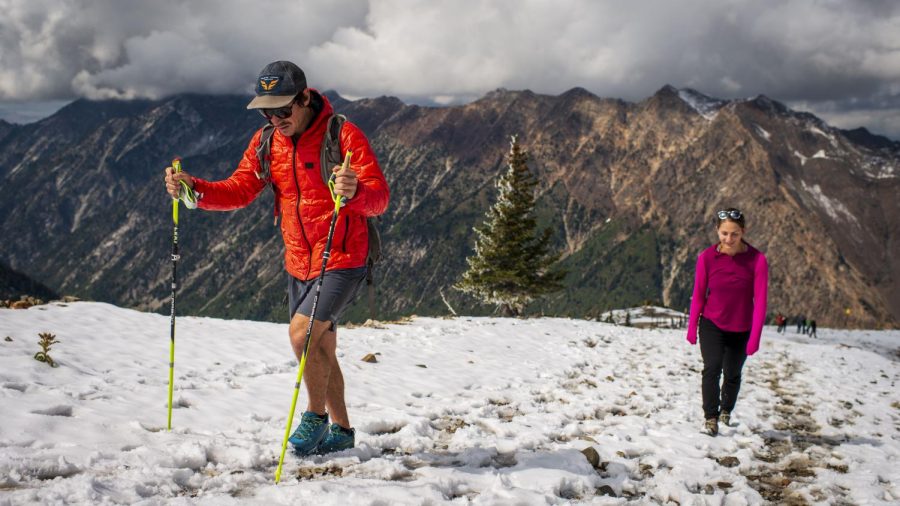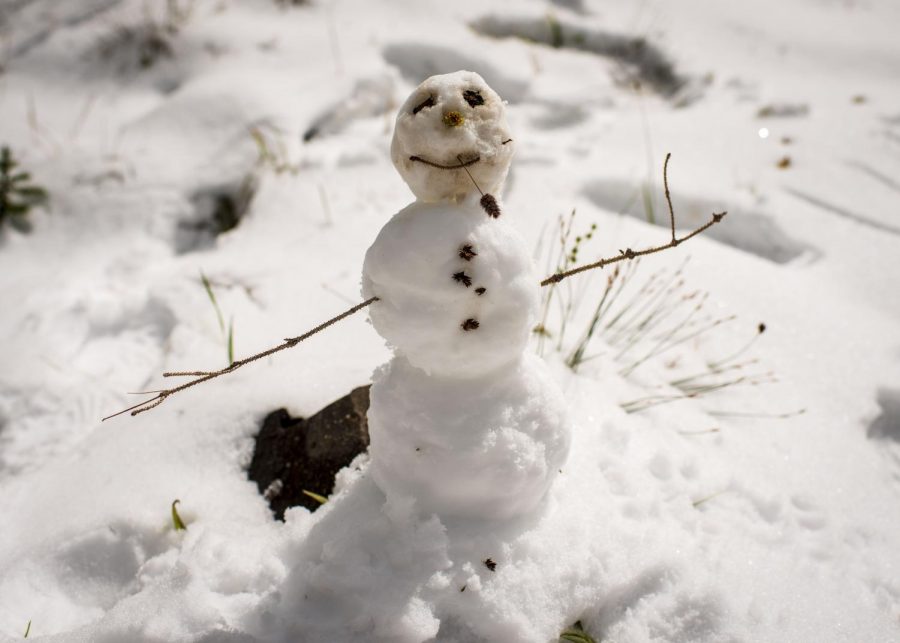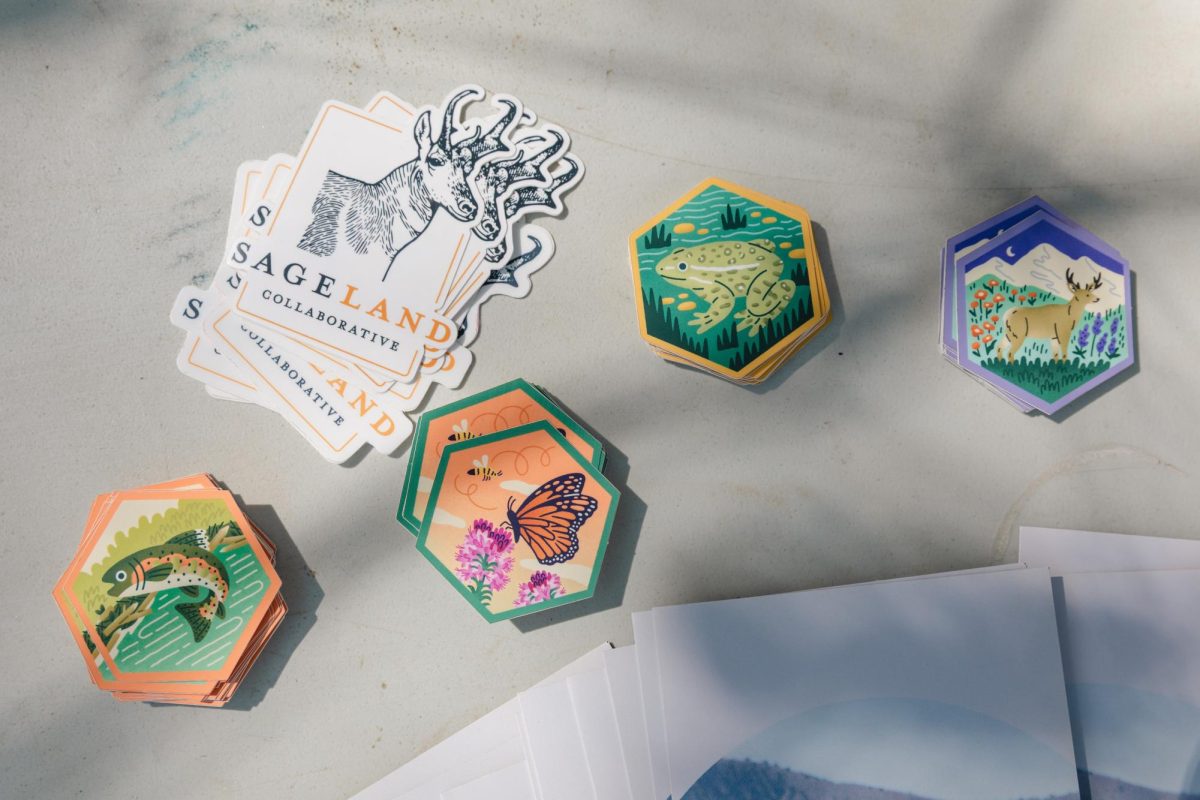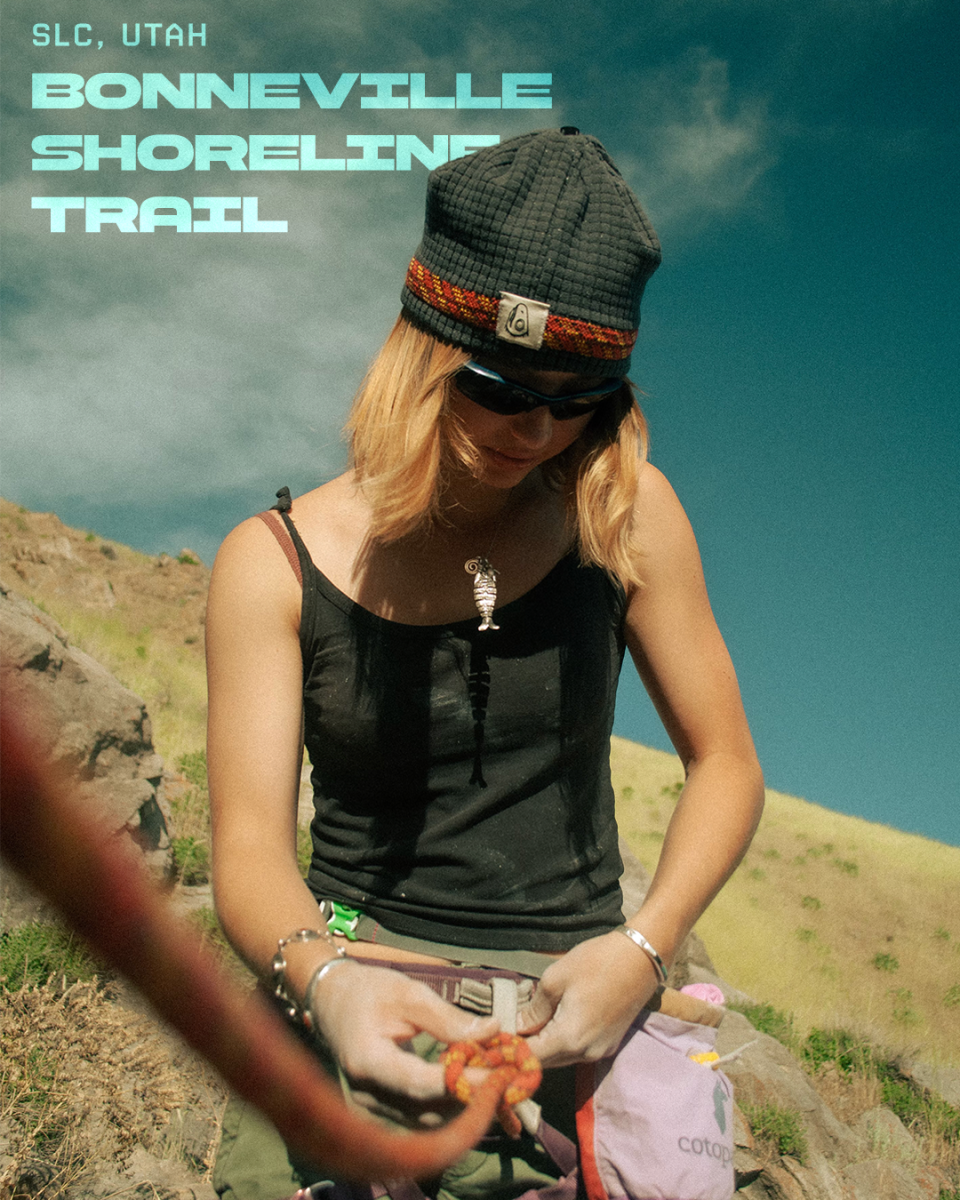Be Bold, Start Cold
Photos by Kiffer Creveling
December 31, 2019
The seasonal transition to winter in Utah can be a tough one, especially as we alternate between warm fall days and snowfall. Besides undoing your dreams of squeezing in one last hike without your puffy jacket and microspikes, the shift to winter can also mean some adjustments for your body. It can be hard to be consistently prepared for our ever-changing weather, but some knowledge and preparation can help you fully enjoy all the benefits of being outside in Utah during the shoulder seasons and into winter.
Normally, your brain mediates your basal temperature precisely, helping maintain an optimal range for body function and energy usage. At temperature extremes that either add excess heat or remove it from your body, your system has to work much harder to maintain thermal equilibrium. This effort will exhaust your energy stores faster than usual, especially during exercise. Helping your body maintain a consistent temperature throughout your activity, regardless of the temperature outside, can help assure your safety when outdoors.
To keep a fire going, you need to stoke it regularly — your body is the same. Making sure you’re inputting some extra calories when it’s cooler will help you keep up with your body’s increased demand for energy to create heat. Likewise, warm caloric liquids — think soup, cocoa or coffee with sugar — can help you quickly intake calories and warmth, which is especially important during the chilly night and morning temperatures that are common this time of year.
Layers are also important to keeping comfortable in variable temperatures. In a Utah shoulder season, the weather generally includes more rain and sleet than we’re used to, so waterproof layers are more important. Generally, your layers should be non-cotton, because cotton doesn’t wick moisture away from your body and allow it to evaporate. Also, as anyone who has worn jeans sledding can tell you, cotton is not anywhere close to waterproof. Down jackets and vests are a popular mid-layer for many, working by baffling air between feathers, which prevents warm air from wafting away from your body and cold air from wafting toward it. Down, however, usually has the same problem as cotton when it becomes wet — it no longer insulates. Fleece and wool are good options, and will still insulate some when wet, but generally, you should have at least one option in your pack that’s waterproof — a shell or rain clothes are normally sufficient — to help protect your non-waterproof layers from any inclement weather and keep you warm.

To make the transition to winter easier on your body, there are several things you can do. I remember a friend of mine once giving the annoying, but ultimately helpful, advice to “be bold, start cold” when embarking on a cold-weather excursion. While this isn’t always applicable — please layer up when the temperature is below freezing and when wind/frostbite are an immediate concern — if you know you’re doing something where you’re going to warm up quickly and will need to de-layer, do so before you soak through that layer and make it wet and less useful to you. Braving cooler temps will also help your body acclimate, so when the full force of winter hits, you’re ready for even colder weather. Cooler temperatures additionally make things like heat stroke and exertional heat illness less likely to happen to you. This makes getting outdoors in our desert home easier on your body in some ways than during hotter times of the year, allowing you to get outside more often and get your body used to the seasonal transition.
Finally, with layers, food and gear in transitional seasons, always bring extra and be prepared for full winter conditions. Besides having the great feeling of being the hero for that one friend you have who never brings the right gear, extra gear can save you a lot of pain and suffering when the weather worsens on you suddenly. From a wilderness medicine perspective, having extra supplies on hand is incredibly important if you’re going to try to stabilize an injury before getting someone out of the backcountry. Additional supplies are also helpful in keeping an injured person warm. Injury increases your body’s energy demands and often forces you to move less, which can make keeping warm enough impossible even when temperatures are moderate, as often happens in mountaineering accidents. A little bit of extra preparedness will serve you well in the seasonal transition to winter and make sure that when winter fully hits you’re happy and healthy and ready to take on the slopes and trails.












